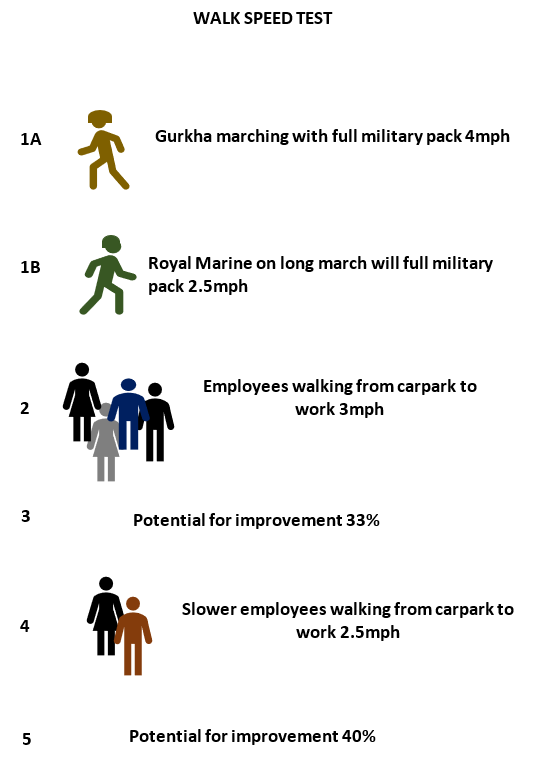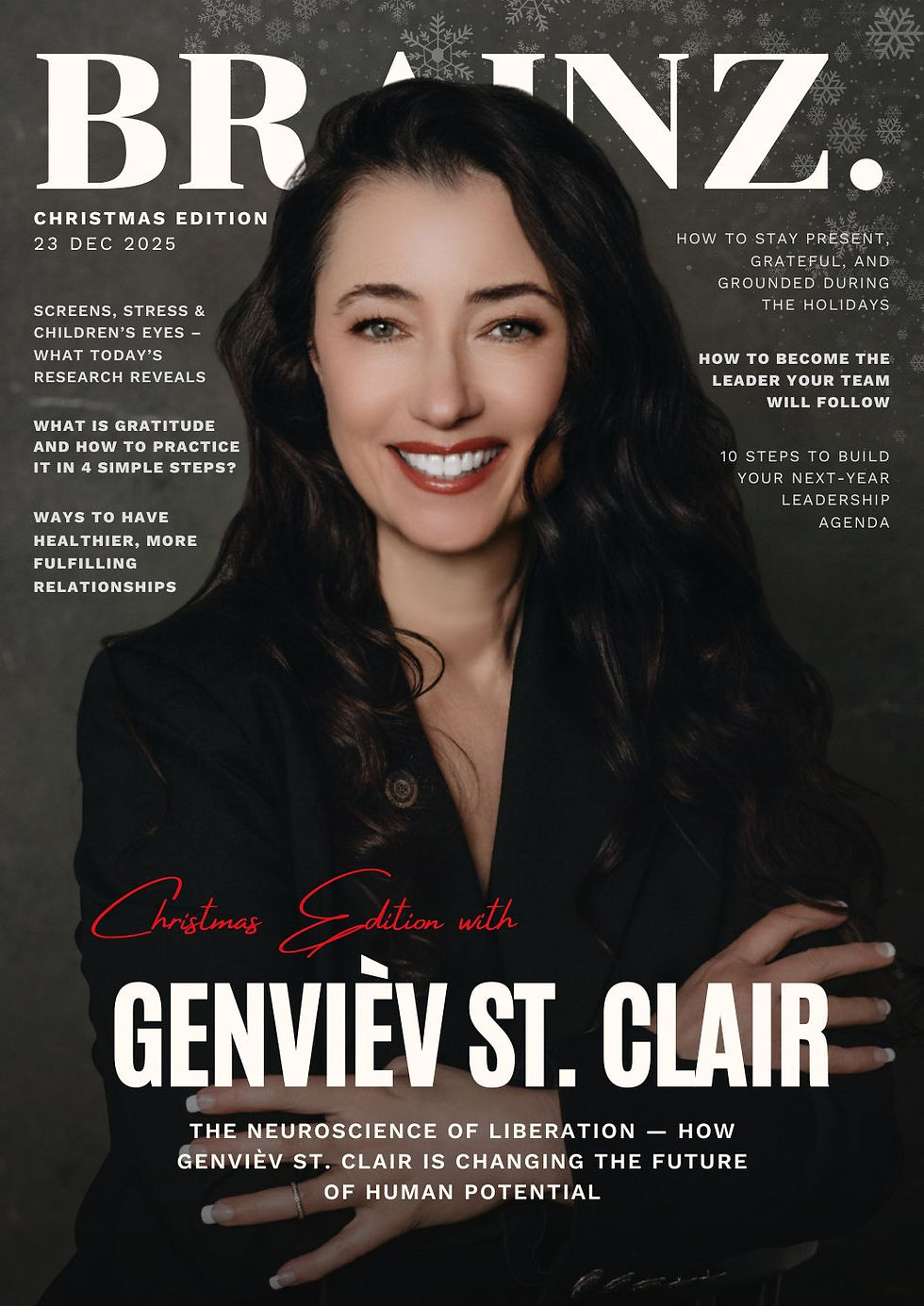M&As – The Need to Identify Productivity & Engagement Gaps Early on for People Not Working From Home
- Brainz Magazine

- Aug 19
- 3 min read
John Gelmini, aka John Alexander, is an international consultant, trainer, and interim transformation leader. He has completed 80 engagements since 1995, has helped raise £650 million, and jointly wrote Can You Handle the Truth.

Normally, productivity is carefully analysed using a range of techniques, looking at outputs and comparisons with firms in the same business or industry. Engagement, which is linked to motivation, leadership, and management styles, takes a lot of work to accurately pinpoint using complex surveys.

At the stage where these matters are being seriously examined, the due diligence process will be fairly advanced, but each area will normally be exhaustively looked at.
Getting to the extent of the problems is inherent in determining:
Whether the proposed acquisition is a sensible use of resources.
Whether the workforce can be rendered “fit for purpose” within your allotted timeframe.
Before embarking on full-blown and labour-intensive analysis, you need a “sense check” to help you decide.
Although it is unscientific within 5% either way, experience across many engagements provides a good “rule of thumb” indication of where to look and what the likely improvements are going to require and cost. This is before you begin the analysis proper and start burning more cash.
Procedure:
Observe the workforce entering the building across a representative cross-section of shift patterns and hours.
Do this from a distant observation point using high-powered binoculars.
Time their walk speeds with a stopwatch.
Come up with a sample speed.
Observe gait, posture, and facial expression.
Grade from 20, most engaged and purposeful, to 13, least. Note: UK workers are typically at the low end of the spectrum.
Using 4 mph as the optimum walk speed (the speed of a Gurkha soldier), see what the difference in average walk speed is. Anything less than 4 mph represents “headroom” for improvement without major expenditure. Thus, a 3 mph walk speed means a 33% improvement in productivity is possible.
Now look at the morale and engagement potential based on the way people were walking.
Consider, based on the location, industry type, and positioning, how long it will take to make the necessary improvements and the possible costs.
Compare that to the asking price for the business and what, so far, you think the potentially acquired business can achieve.
Do the same for the other shortlisted acquisition targets.
Jettison the ones that are going to take too long; analyse the remaining targets in depth, applying full intellectual rigour.
Decide on the target.
Continue due diligence to the final deal stage.
Compare the analysis to the walk speed tests in and out of the building. The differences will be minuscule.
Calculate the costs of the fix and deduct that from your final offer price.

Read more from John A. Gelmini
John A. Gelmini, Mgt Consultant, Interim Leader & Business Mentor
John Gelmini, aka John Alexander, is an expert at optimising productivity, profitability, and sales in culturally diverse and monochrome environments. As an ex-GE Capital troubleshooter, John understands how to effect transformation in challenging environments in the corporate, public, NGO, and foreign government sectors with strategic insight and speed. He is the founder of TRANSFORMATION and believes in "mission completion" to time, budget, and accelerated roadmaps to benefits realisation.










.jpg)